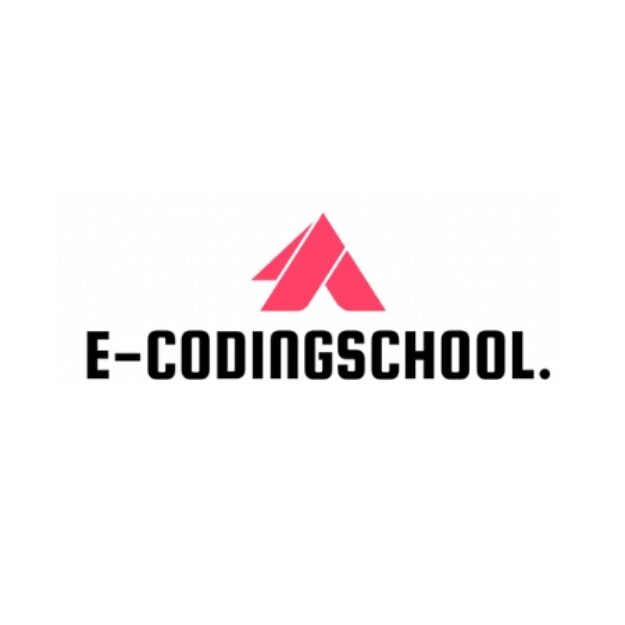“Fostering Computational Thinking in Children” is an insightful guide that explores the critical role of computational thinking in equipping children with problem-solving skills essential for the 21st century. This book provides practical strategies, engaging activities, and theoretical foundations to help parents, educators, and mentors nurture young minds to think logically, critically, and creatively through coding, algorithmic processes, and technological tools. Whether you’re a teacher, parent, or curious learner, this book is your gateway to understanding how to instill computational thinking in the next generation.
Fostering Computational Thinking in Children

Fostering Computational Thinking in Children
18.77 Credits
Fostering Computational Thinking in Children
18.77 CreditsVendor Information
- Store Name: E-Coding School
- Vendor: E-Coding School
-
Address:
Budapest, Mexikói út, 65/B fszt. 2.
Budapest
Hungary
1145 - No ratings found yet!

Fostering Computational Thinking in Children
18.77 CreditsIn an increasingly digital world, computational thinking has emerged as a foundational skill that goes beyond coding. It’s a way of solving problems, designing systems, and understanding human behavior through the lens of logic, patterns, and algorithms. “Fostering Computational Thinking in Children” serves as an essential roadmap for educators, parents, and caregivers striving to prepare children for a future shaped by rapid technological advancements.
Why Computational Thinking Matters
Computational thinking is not just about writing code; it’s about developing a mindset to approach challenges systematically and creatively. This book delves deep into why computational thinking is pivotal for children’s development, highlighting its application across diverse fields such as mathematics, science, art, and everyday problem-solving. It addresses how computational thinking fosters critical thinking, resilience, and adaptability—key traits for thriving in the 21st century.
Foundations of Computational Thinking
“Fostering Computational Thinking in Children” lays the groundwork by explaining the four pillars of computational thinking: decomposition, pattern recognition, abstraction, and algorithm design. Through simple yet powerful explanations, the book helps readers understand how to break down complex problems into manageable parts, identify recurring patterns, focus on the essential details, and devise step-by-step solutions. These principles are illustrated with relatable examples that connect to real-world scenarios.
Practical Guidance for Parents and Educators
One of the standout features of this book is its actionable advice for incorporating computational thinking into daily activities. Readers will discover:
- Hands-on Activities: A variety of engaging and age-appropriate exercises designed to spark curiosity and innovation in children, ranging from unplugged activities requiring no technology to coding challenges using popular platforms like Scratch, Blockly, and Python.
- Tech Integration Tips: Guidance on leveraging apps, games, and online tools to enhance computational thinking skills.
- Classroom Strategies: Creative methods for embedding computational thinking into school curricula, including cross-disciplinary projects that combine technology with art, history, and science.
- Home Enrichment Ideas: Fun, collaborative activities for families to explore computational concepts together, such as creating algorithms for daily routines or solving puzzles.
Bridging Theory and Practice
While the book emphasizes practical applications, it also connects these strategies to educational theories and research. It explains how fostering computational thinking aligns with broader educational goals, such as promoting STEM education, enhancing digital literacy, and nurturing lifelong learning habits. Readers will gain insights into how these skills evolve at different developmental stages and how to tailor approaches to suit children’s individual needs and interests.
Real-Life Success Stories
Throughout the book, inspiring case studies showcase how computational thinking has transformed the lives of children and communities. From students creating apps to solve local problems to young inventors participating in global robotics competitions, these stories underscore the transformative power of computational thinking when nurtured from an early age.
Overcoming Challenges
The journey to fostering computational thinking is not without obstacles. This book addresses common challenges such as limited access to technology, resistance to change in traditional educational systems, and the steep learning curves often associated with technical skills. By offering practical solutions and encouragement, the book empowers readers to overcome these barriers and create an environment where children can thrive.
Empowering the Next Generation
Ultimately, “Fostering Computational Thinking in Children” is more than a guide—it’s a call to action. By equipping children with the tools to think computationally, we prepare them to tackle the challenges of an increasingly complex world with confidence and creativity. Whether your goal is to inspire the next generation of software engineers or simply to help children develop a logical approach to life’s problems, this book provides the knowledge and resources to make it happen.
Conclusion
With its blend of theoretical insights, practical tips, and inspirational stories, “Fostering Computational Thinking in Children” is an invaluable resource for anyone dedicated to the intellectual and emotional growth of young learners. This book will leave you equipped to nurture a skill set that’s not just about technology but about empowerment—preparing children to innovate, adapt, and succeed in an ever-changing world. Dive in, and join the movement to cultivate a generation of computational thinkers who can shape the future.
















